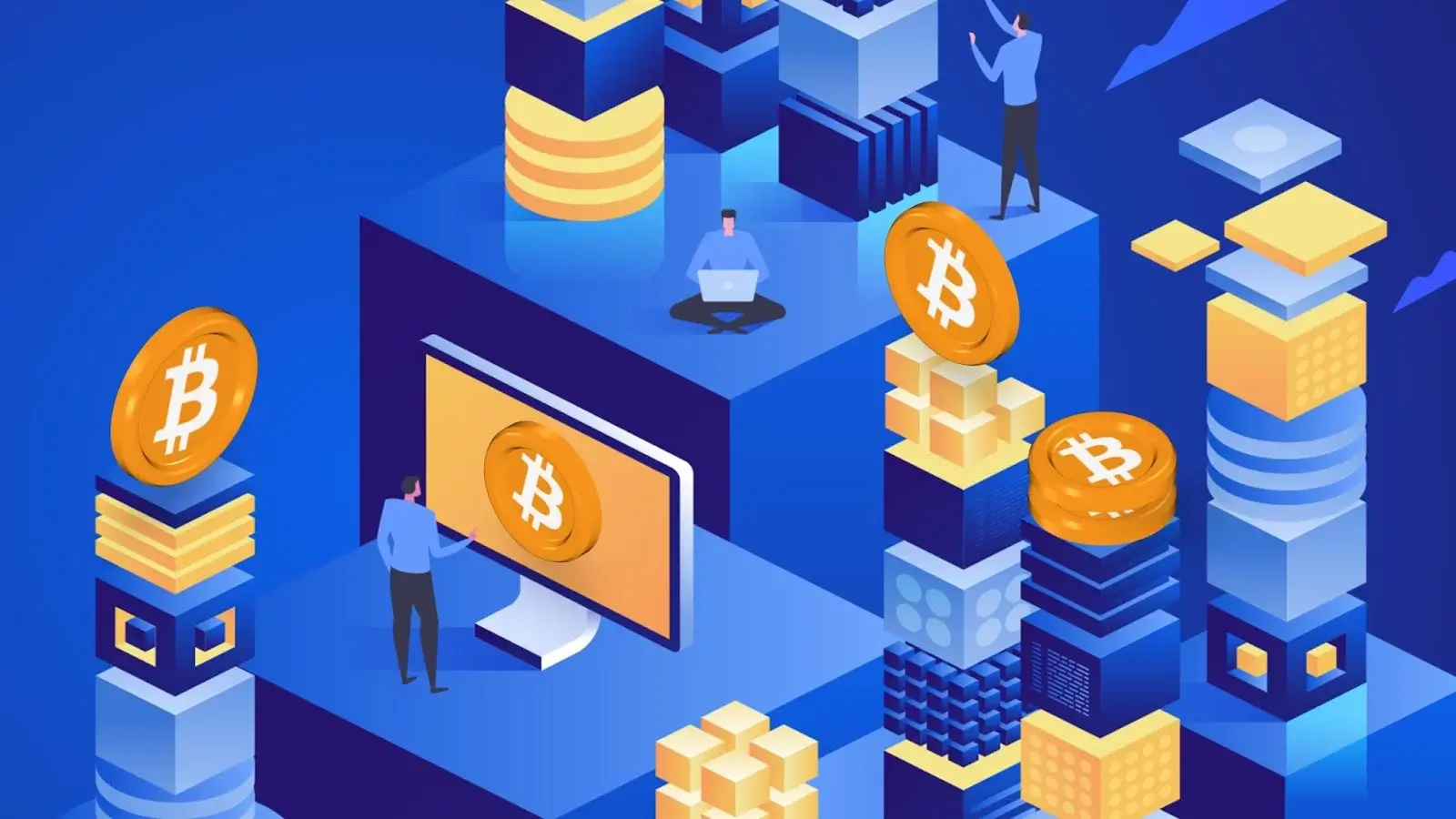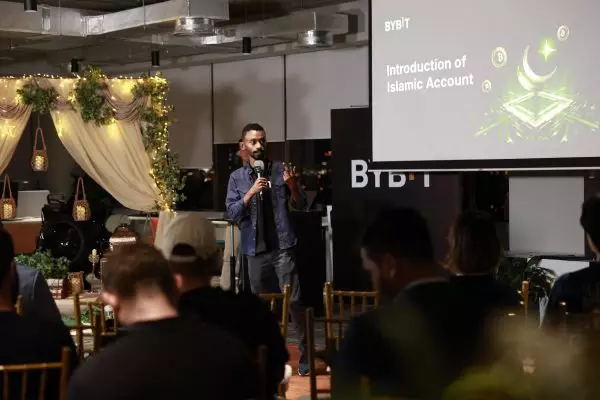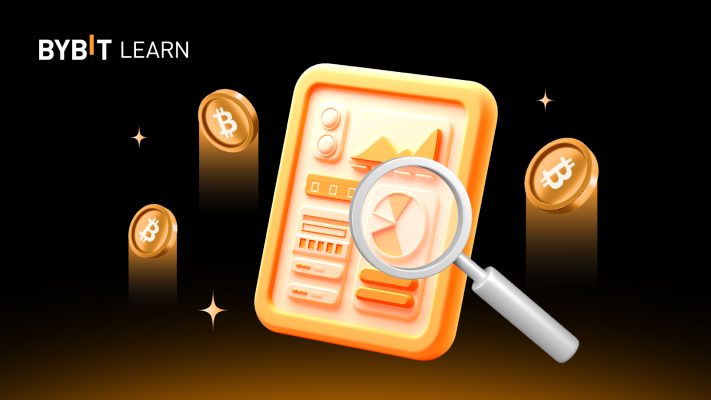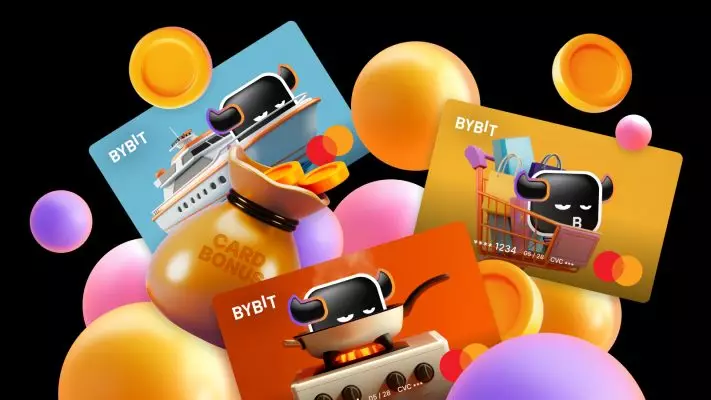
The original Bitcoin blockchain enables developers and businesses to engage in a number of meaningful activities.
The original Bitcoin blockchain has a number of different real-world use cases, which make it a powerful and effective tool for businesses and individuals.
Bitcoin is the digital asset that is deemed to be the first successful publicly-live form of open-source digital money based on blockchain technology. But what is the Bitcoin blockchain, and how does it really work? Let’s dive in.
Preserving The Original Vision Of Satoshi Nakamoto
The world first became acquainted with Bitcoin and BTC in 2009, but the original vision of Satoshi Nakamoto was believed to have been lost in the course of BTC’s evolution. As a response to growing tensions, a group of developers forked the network to form Bitcoin Cash in 2017. The ticker is known as $BCH. Not long after, in 2018, following a disagreement over scalability and whether to uncap the block sizes altogether or stop at 8 MB fueled yet another divide. This time it resulted in the formation of the Bitcoin SV blockchain.
BSV was said to have been deployed in order to preserve the original vision of Satoshi Nakamoto, the originator, and creator of the Bitcoin network. The platform creator and lead developers claim Bitcoin SV preserves the original whitepaper contents, which spell out Satoshi Nakamoto’s vision, and access the underlying efficiency inherent in the platform.
The first block size of 128 MB was increased for the first time in 2019, being enhanced to 2 GB at that point of time. Today the original Bitcoin blockchain supports a block size of 4 GB since the Taal update in January 2022. When compared per side-by-side analysis, Bitcoin SV presents as being the clear representation of the original vision of its famed founder and, subsequently, the true Bitcoin blockchain in underlying functionality and demonstrated performance.
How The BTC Blockchain Operates
BTC is considered the first form of digital currency. It was launched publicly in 2009. BTC was developed with the main purpose of serving as a digitally available form of money that would be dependent on the underlying blockchain platform specifically designated for BTC.
While the Proof-of-work (PoW) consensus mechanism is believed by most to be extremely secure, the BTC blockchain is not known for either its efficiency or its scalability. In order to perform transactions, BTC utilizes a layer 2 technology known as Lightning, a payments protocol that scales the BTC blockchain to enable thousands of transactions per second. Lightning endured challenging press in August 2022 when the protocol was assessed by University of Illinois researchers and found to have vulnerabilities that makes it susceptible to attacks.
Use Cases Of The BSV Blockchain Network
Satoshi Nakamoto created the Bitcoin blockchain in order to implement a new kind of digital currency that would be beyond the control of any one centralized authority or governing body. While its use case as a digital form of money is clear, there are many other use cases associated with the original Bitcoin blockchain that go beyond this.
As stated, Bitcoin SV, which stands for Satoshi’s Vision, was launched in order to re-establish the original vision of Satoshi’s Bitcoin. Bitcoin SV utilizes $BSV as the network token which unlocks the inherent features of the blockchain. Those features include efficient use for NFTs (non-fungible tokens), the seamless development and deployment of smart contracts, and economically sensible micropayments, amongst other cases.
Bitcoin SV can be leveraged by metaverse and gaming companies to build efficient platforms, financial service providers and banks, government and healthcare organizations, logistics and supply chain management companies, and more. The fast processing speeds, security, and scalability are enabled by the BSV blockchain platform.
So, What Is The Bitcoin Blockchain?
The Bitcoin blockchain is a technology platform that enables the coin, BSV, to be used as digital money in the network architecture. The network is made of individuals who deploy mining machines used to make up the incentivized transaction processing layer.
The Bitcoin blockchain has the ability to process transactions in Web3, the progression and evolution of the Internet as we know it. Fast, inexpensive, scalable transactions have the power to enhance the way the world does business and global finance into the future. This is ultimately the true iteration of Bitcoin, rendering other forks and ‘crypto’ copycats obsolete.


